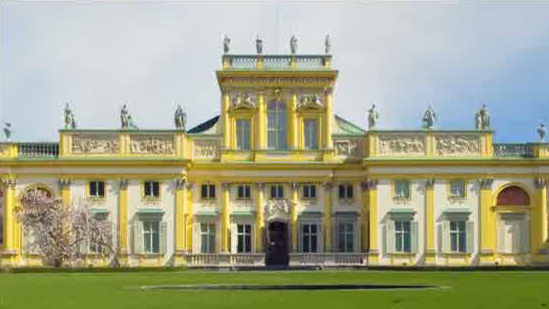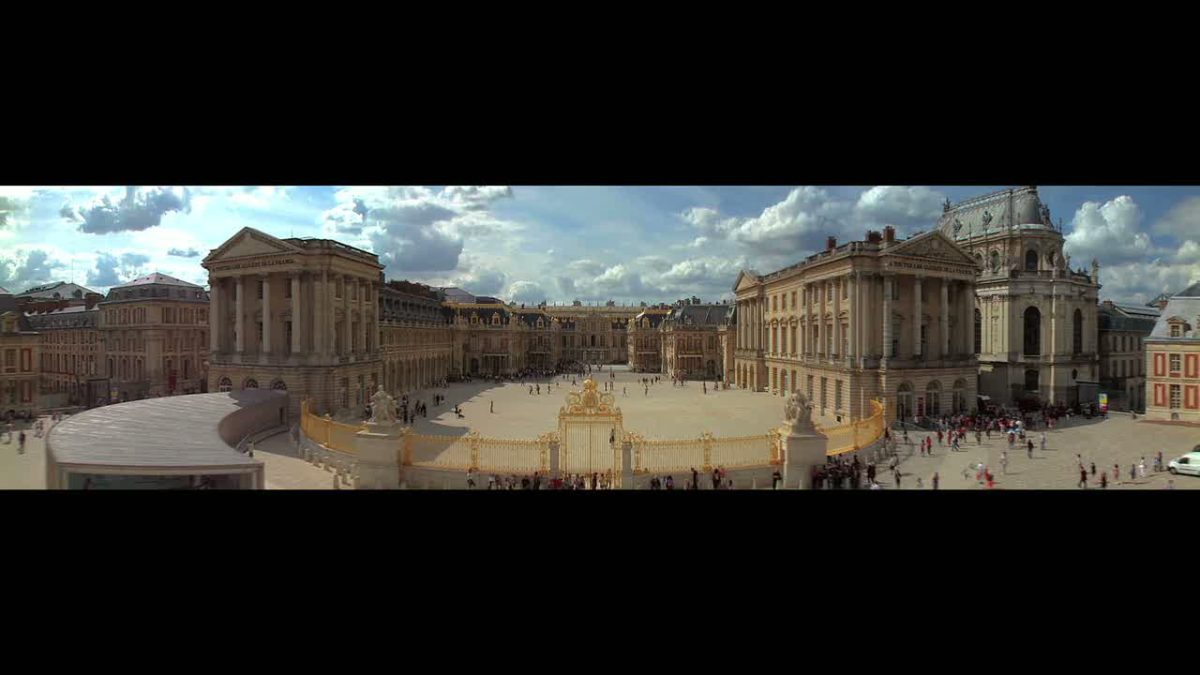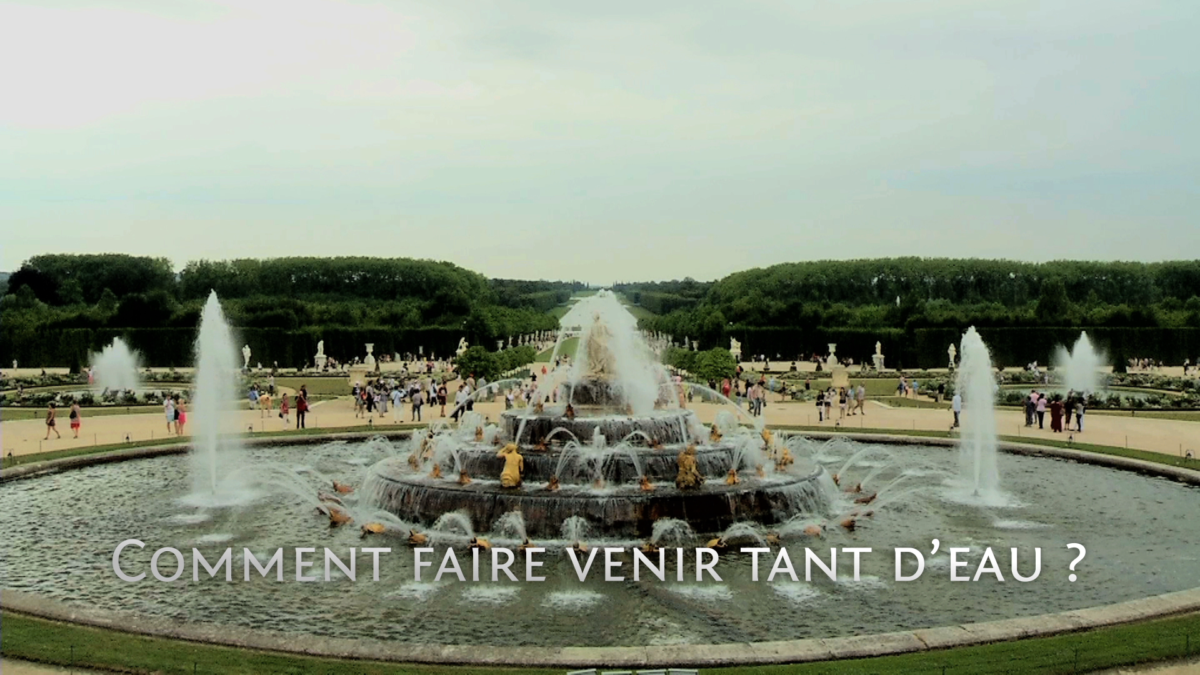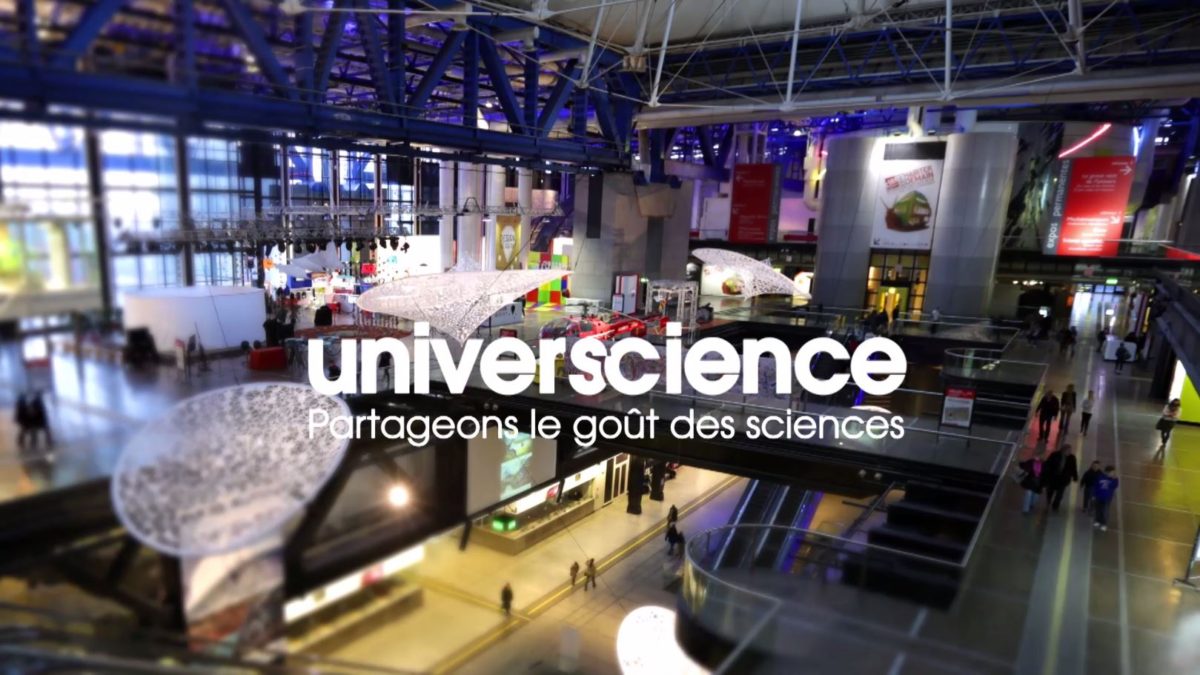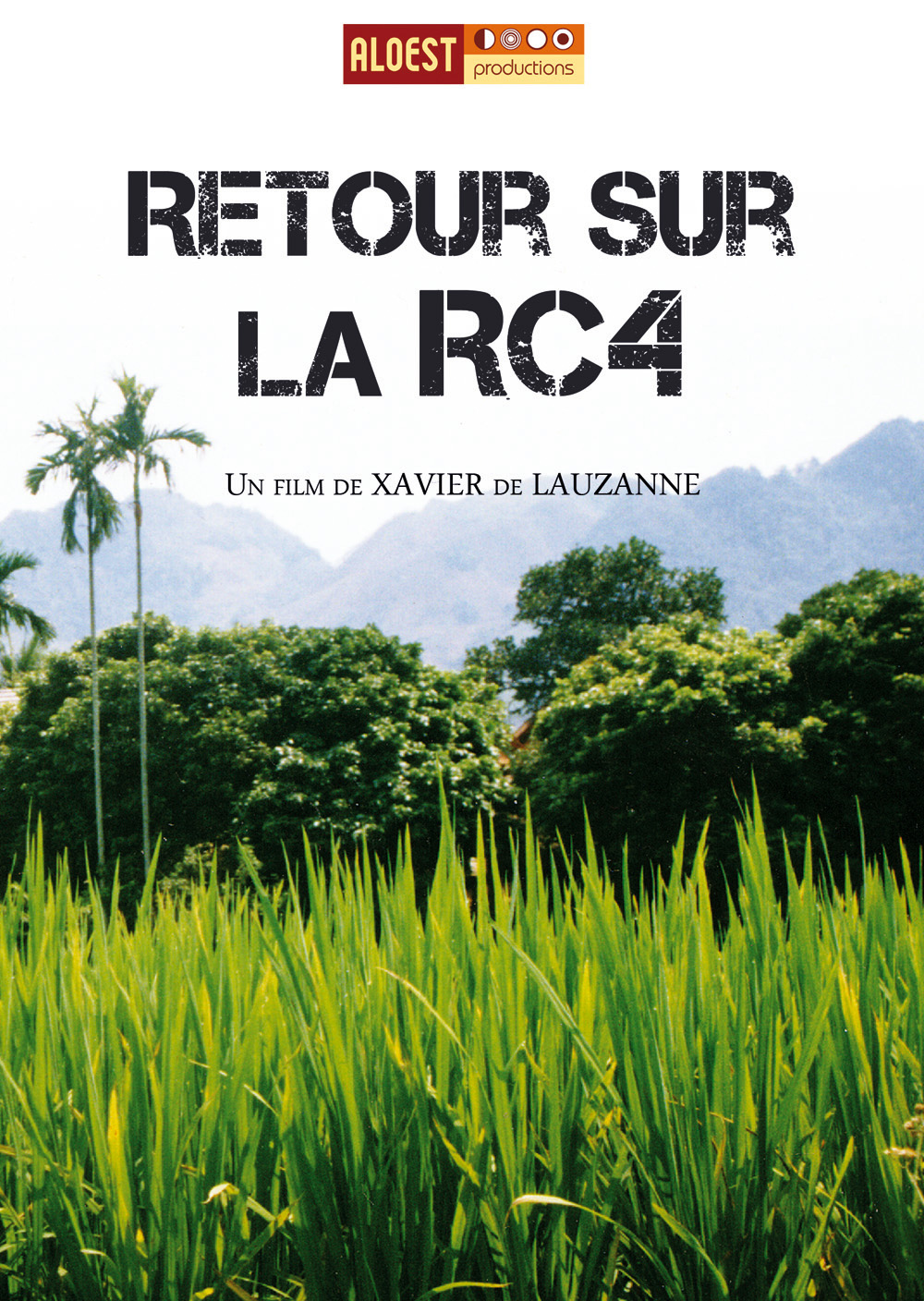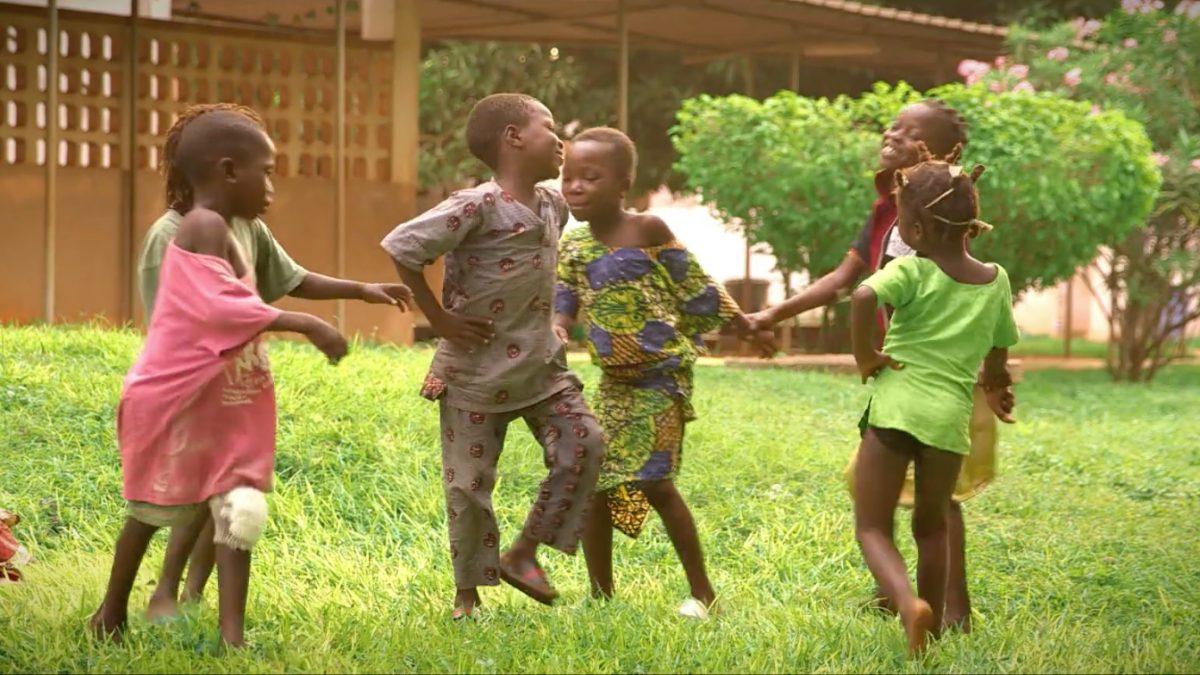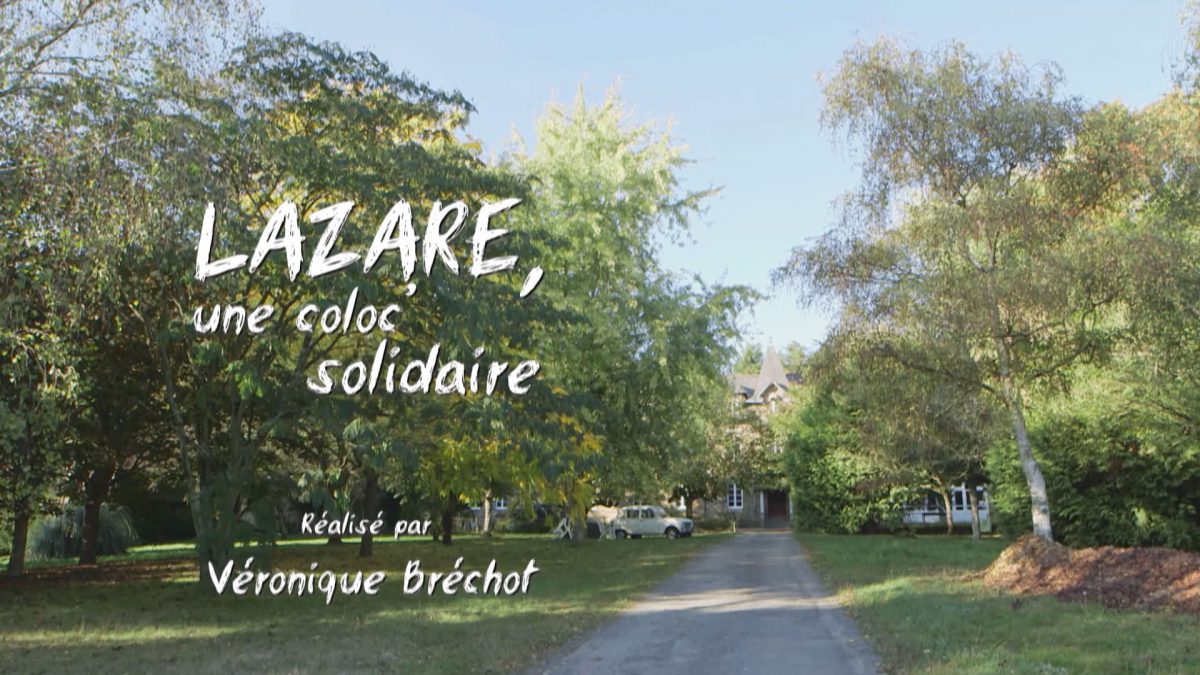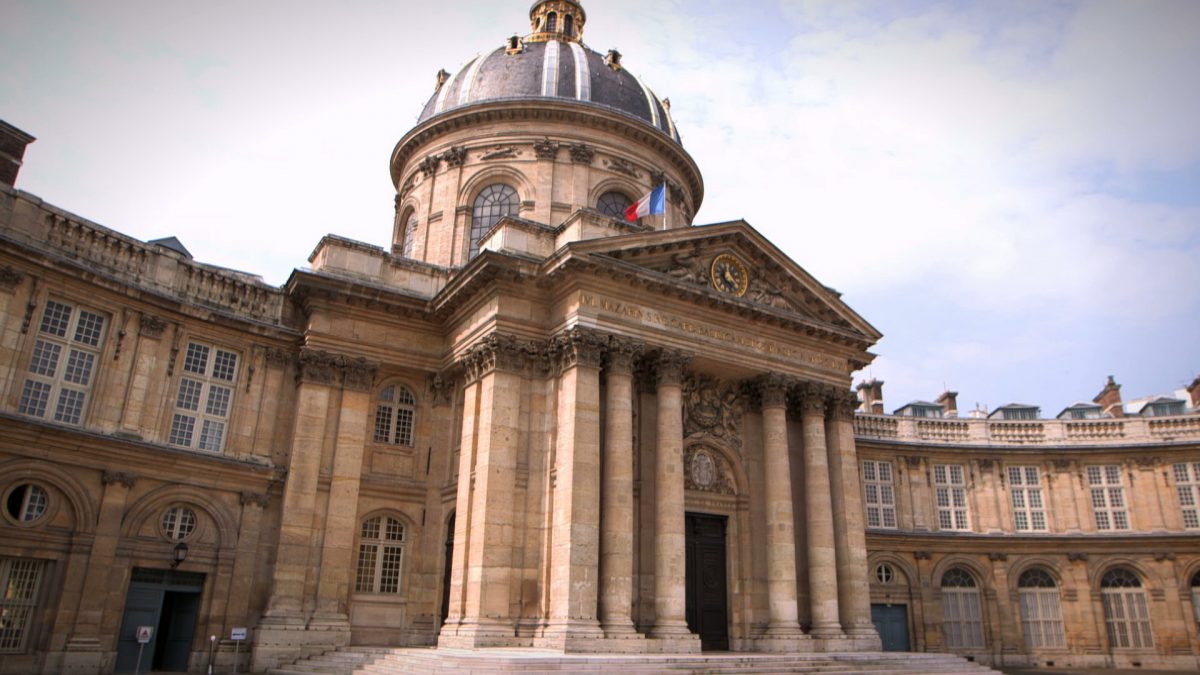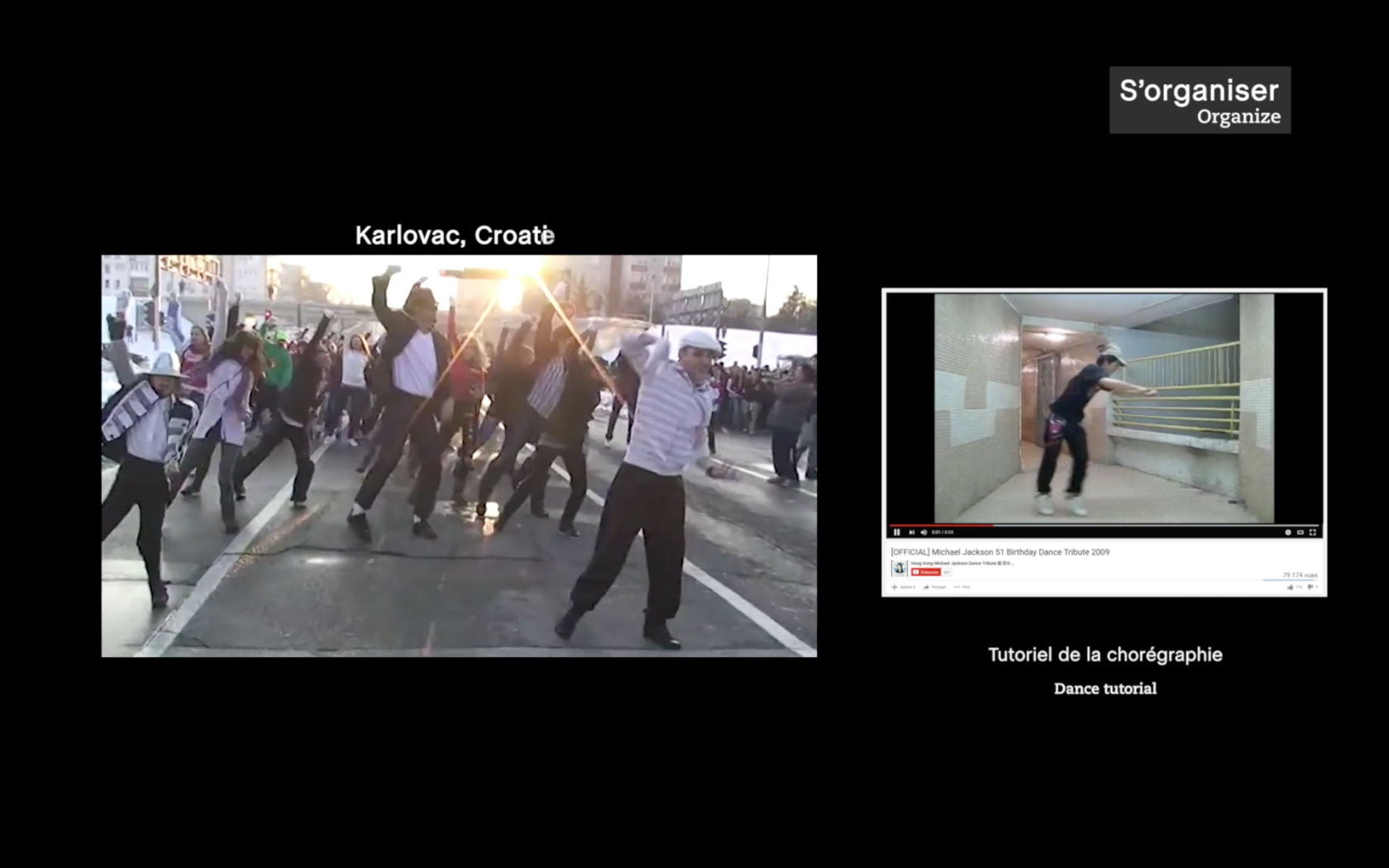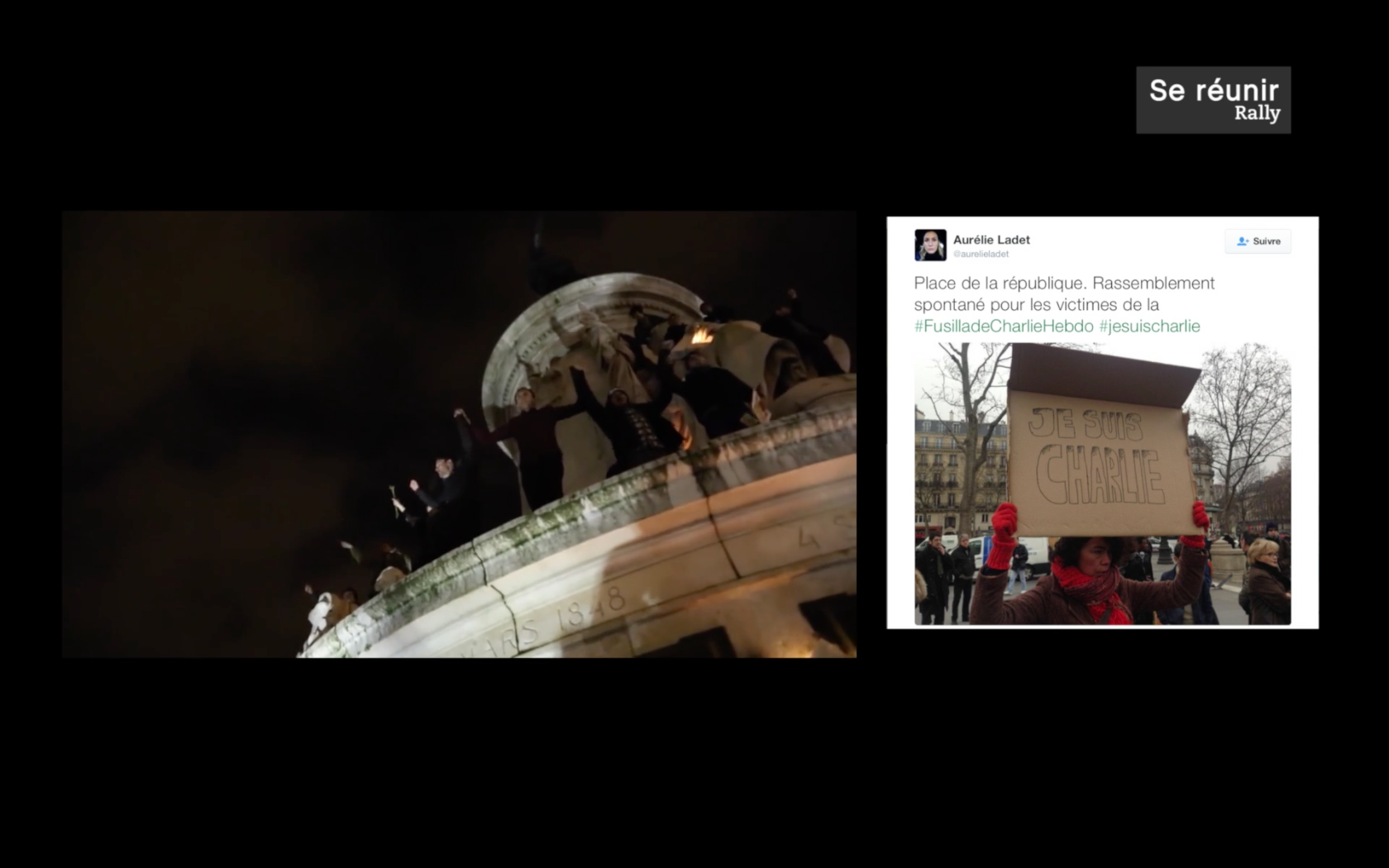Client: Le Château de Versailles
Director: François-Hugues de Vaumas
Filming the Château de Versailles in 360° using a camera with eight sensors, and thereby bringing to life some classical engravings from the Age of Enlightenment – that was the technical challenge which Aloest Culture set itself for the exhibition “Sciences and Curiosities in the Court of Versailles”.
In an immersive space, the visitor is projected into historical settings where 2D and 3D representations of ground-breaking scientific experiments of the time play out. Through this production, Versailles is once again the arena of world firsts in scientific experimentation.
A world first, the “Versailles 360” immersive experience rises to the challenge of combining two technologies that had never before been used together; filming in 360° and the cable-cam.
For the first time, a Totavision camera comprising eight HD sensors allowing seamless filming in 360° was mounted on a cable-cam rigged between to cranes at a height of 60 meters, delivering spectacular traveling shots running for more than 400 meters above the Château de Versailles.
Suspended like this and remote controlled, the 360° camera provided never-before-seen shots, crossing the Château de Versailles from one side to the other, from the Place d’Armes to the view over the Grand Parc.
This breakthrough in forward travelling shots through the palace was achieved using special effects by stitching together the 360° shots filmed outside and inside the monument.
The result is worthy of the imagination: The all-encompassing aerial view of the Cour d’Honneur segues into an immersive view of the King’s Chamber, with the 360° camera coming through the window, going through the wall, and ending up in the Hall of Mirrors, continuing all the way to the balcony.
The film sets out to be immersive not just in terms of its 360° vision, but also through the way in which it plunges us into the history of the sciences at Versailles, transporting the spectator on a journey through space and time to the middle of the Court’s scientific experiments.
This is down to another feat of post-production: The integration and animation in 2D and 3D compositing of ancient engravings, reworking scenes such as the Machine de Marly, the chateau’s stables, the Orangerie, etc. with contemporary 360° images. The images are in the format 12,000 x 1,080 pixels at 25 frames a second, and have been enhanced with animation and graphics, a challenge involving cutting-edge innovation in terms of audiovisual techniques.
The 360° film comes into its own with immersive projection in 360°.
On a screen in the form of an ellipse three meters high and 32 meters around, the film surrounds the spectator, whose attention is attracted to this side or that by spatialized quadriphonic sound. The spectator is immersed in two centuries of history and some 20 places of science to relive, among other things, the first hot-air balloon flight, the dissection of a horse in the stables, and an eclipse seen from the Grand Trianon.
The film was screened at the opening of the exhibition “Sciences and Curiosities in the Court of Versailles” at the Château de Versailles from 26 October 2010 to 27 February 2011.
